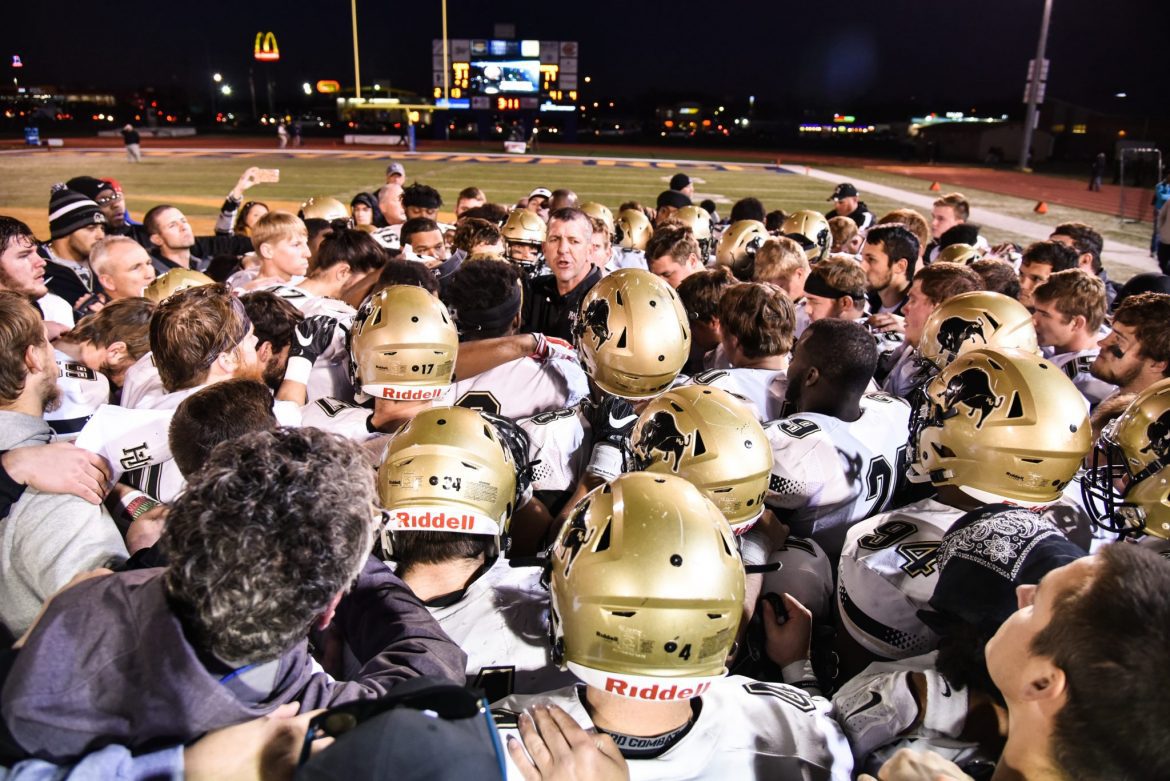The National Collegiate Athletic Association (NCAA) revised a regulation rule regarding their scholarship offerings. For the 2018-19 school year, NCAA athletes will have looser regulations on the types of scholarships they can receive. Currently, the NCAA only allows a certain amount of money to go toward scholarships, and there is a certain amount of scholarships that schools are allowed to offer.
The new NCAA rule states there is no change on athletic scholarships, but there is a change on the countable aid. The changes were brought about from a three-year review of the division’s aid rules that was led by the Division II Legislation Committee, according to NCAA.org.
“The majority of countable aid as defined by the NCAA as any athletic aid, as well as any institutional aid other than exempted academic aid as awarded according to high academic achievement,” Athletic Director Greg Harnden said.
Harnden said for a scholarship to not be countable, it has to consist of three things: an athlete or student must have an ACT score of 25 or higher, be in the top 20 percent of their high school class or have a high school GPA of 3.5.
For Division I football, there are 85 full scholarships that the program can offer and for Division II football, there are 36 full scholarships can be offered.
Head football coach Paul Simmons said the rule is not a Harding rule, it is a new NCAA regulation concerning scholarship money.
“You have two different types of financial aid,” Simmons said. “You have what is called countable aid and non-countable aid.”
According to Simmons, the new rules do not place a limit on how much scholarship money an athlete can get. They allow athletes to receive other types of scholarship money that was not available to them in the past.
An athlete now can keep an academic scholarship from a high ACT score as well as an athletic scholarship offered by the school, but Harnden said there are still some limitations.
“For example, if a student receives institutional money such as the presidential scholarship or an academic scholarship that does not meet the NCAA requirement, an athlete may not stack it because it may cause that specific sport to go over the NCAA financial limit,” Harnden said. “Limits are placed on each sport to level the awarded aid among institutions.”
With the new rule in place, this can serve as a recruitment pitch for Harding sports to grow in their rosters for each sport, according to Simmons.
“This is going to be a big recruitment tool because of the culture we have developed here,” Simmons said. “We have many men with a desire to be at Harding and for some, it is just barely out of reach financially.”
Simmons said he expects that every team at Harding will increase in numbers because of the new rule since it will make Harding more affordable.
